It's all water under the slab
lucas_tx_gw
11 years ago
Related Stories
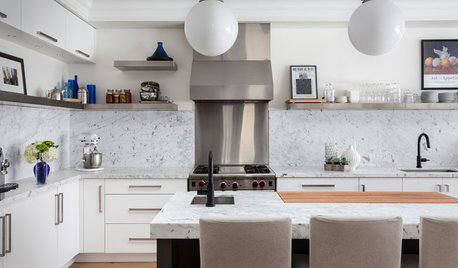
KITCHEN BACKSPLASHESWhy You Should Embrace a Solid Slab Backsplash
The effect is stunning, and yet the cost can be minimal. Here’s what to know about using full slabs of stone in your kitchen
Full Story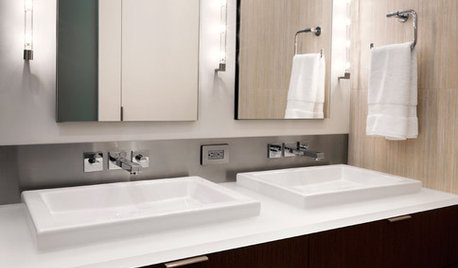
BATHROOM DESIGNUniversal Bath Design: Light Your Bathroom for All Ages and Abilities
Learn about uplighting, downlighting, visual cueing and avoiding glare for a bathroom that's safe and works for all
Full Story
MODERN HOMESMy Houzz: All Right With All-White in a Modern New Jersey Home
A bold monochrome palette with black accents, modern art and treehouse-like views of NYC are stars in this couple’s dramatic home
Full Story
GARDENING FOR BUTTERFLIESBring on the Birds: Natural Habitat Ideas for Gardens of All Sizes
Provide nesting, watering and perching spots inspired by the Costa Rican jungle and watch the birds flock on over
Full Story
PRODUCT PICKSGuest Picks: Nicely Priced Glassware for All Occasions
Serve water or wine with equal aplomb — and without sweating a big breakage bill — thanks to these gorgeous, affordable glasses
Full Story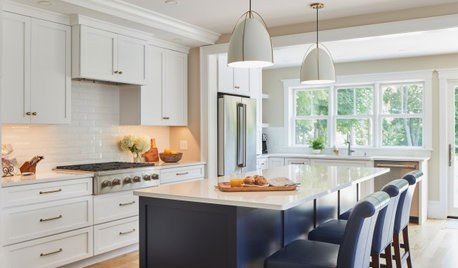
KITCHEN DESIGNPopular Cabinet Door Styles for Kitchens of All Kinds
Let our mini guide help you choose the right kitchen door style
Full Story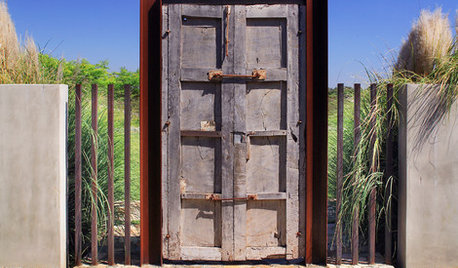
MATERIALSMesquite: The Brawny Beauty for All Over the Home
Denser than other hardwoods and sporting beautiful coloration, mesquite makes a fine material for flooring, countertops, furniture and more
Full Story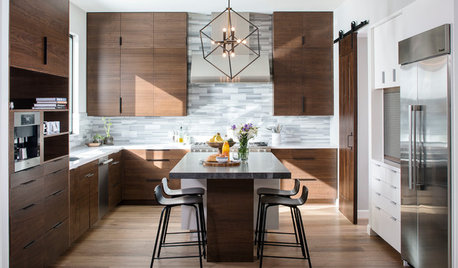
KITCHEN DESIGNNew This Week: Moody Kitchens to Make You Rethink All-White
Not into the all-white fascination? Look to these kitchens for a glimpse of the dark side
Full Story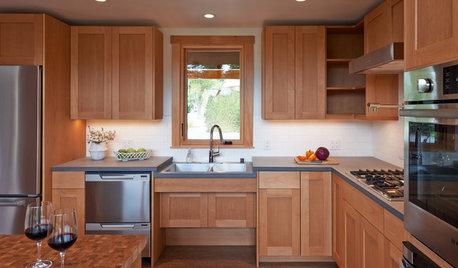
UNIVERSAL DESIGNKitchen of the Week: Good Looking and Accessible to All
Universal design features and sustainable products create a beautiful, user-friendly kitchen that works for a homeowner on wheels
Full Story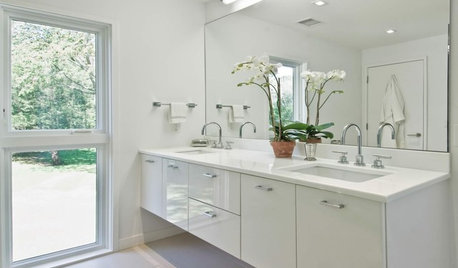
BATHROOM DESIGN13 All-White Bathrooms With Clean and Classic Style
Show immaculate taste in your bathroom with simply beautiful white walls, floors and finishes
Full StoryMore Discussions







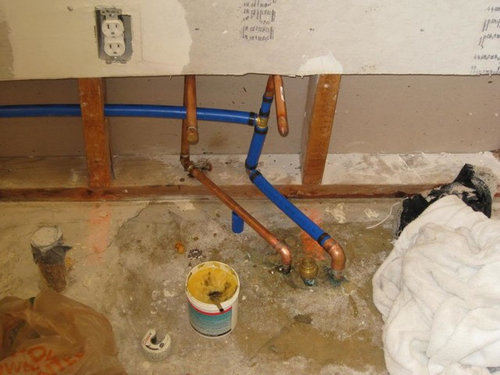
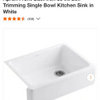
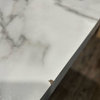

jellytoast
live_wire_oak
Related Professionals
Bethpage Kitchen & Bathroom Designers · Northbrook Kitchen & Bathroom Designers · Ridgefield Kitchen & Bathroom Designers · Schaumburg Kitchen & Bathroom Designers · Eagle Kitchen & Bathroom Remodelers · Londonderry Kitchen & Bathroom Remodelers · Santa Fe Kitchen & Bathroom Remodelers · Sioux Falls Kitchen & Bathroom Remodelers · Vista Kitchen & Bathroom Remodelers · Westchester Kitchen & Bathroom Remodelers · Burr Ridge Cabinets & Cabinetry · Indian Creek Cabinets & Cabinetry · South Riding Cabinets & Cabinetry · Bell Design-Build Firms · Pacific Grove Design-Build Firmslucas_tx_gwOriginal Author
suzanne_sl
chiefneil
Suzi AKA DesertDance So CA Zone 9b